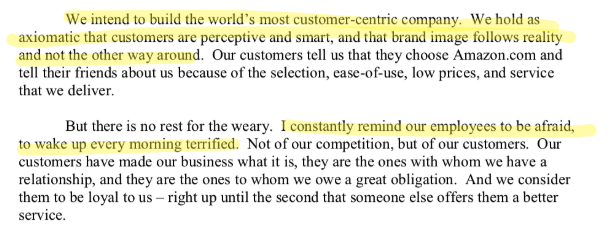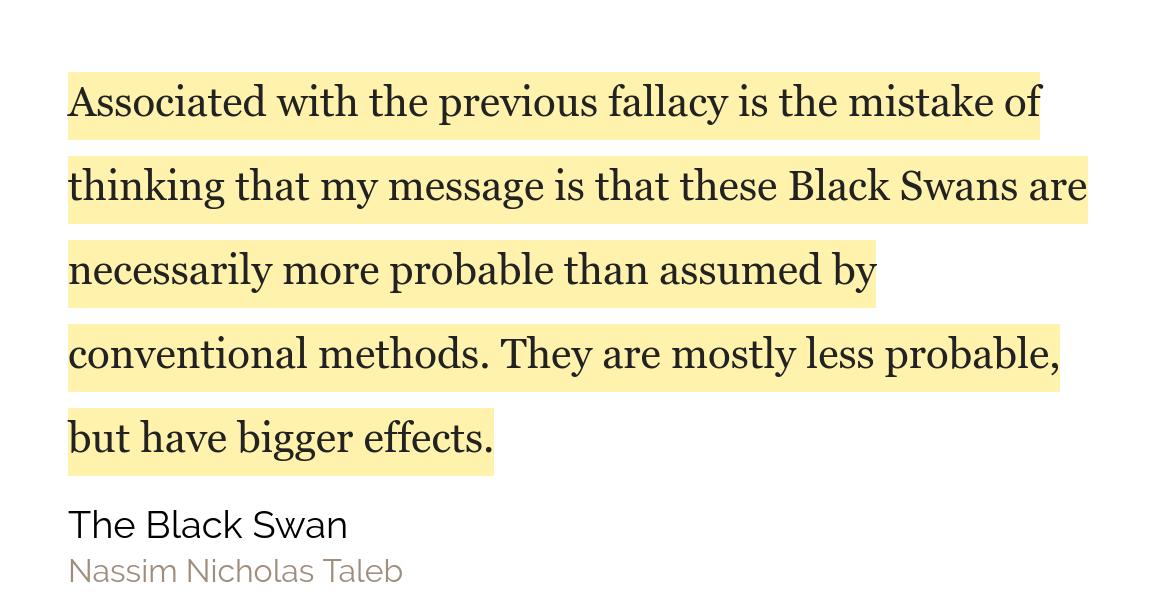A thread!
👇
This made it easy to spin out into new business units (more on this in a future thread)
They were working backward from customer requests.
Bezos has always believed that the short term hit to the bottom line is more than made up for by the long term trust that creates with consumers.
1. Treat your customers as perceptive as smart, not dumb
2. Work backwards from customer needs, not forward from existing skills
3. Focus on customer desires that won't change over time
















